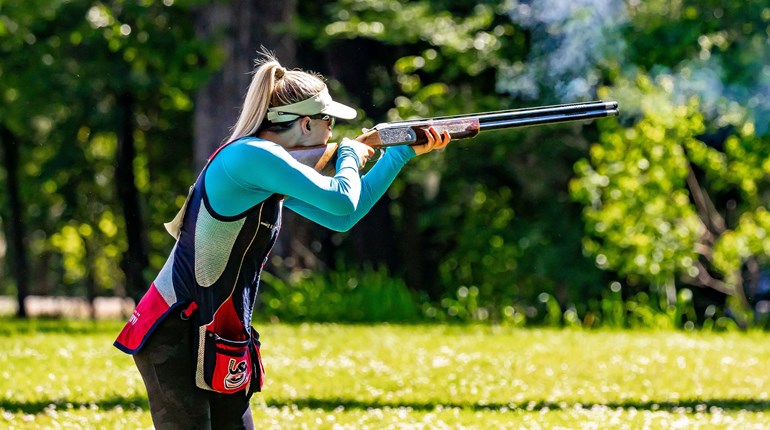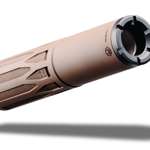To “confit” something, is to cure it in salt and then cook it slowly in fat. It makes the meat buttery enough to fall off the bone. Is there anything that sounds more glorious than that? It is common to see it done with duck legs and other muscular cuts of meat, but here I’ve done it with a slew of pheasant legs that I brought back from my Women’s Adventure Getaway last December. They last quite a while once they’ve been preserved and cooked in this way and are delicious warm, or served room temperature on salads.
You’ll need a baking dish just large enough that your pheasant legs fit snugly. The first step in making a confit is to cure the meat, along with seasonings—like thyme and citrus zest. It is a chance to experiment with flavorings and spices which the meat will absorb as it cures.
The second stage is to completely submerge the legs in grape seed oil. This is the essential step in any confit—especially wild game—because cooking the bird in oil or fat helps to break down some of those tough tendons, making the meat much more tender.Patience is a virtue with confit—not only does it have to cure overnight in salt, but it has to bake at 200 degrees for four to six hours. Once the meat is falling off the bone, it’s done.
Be sure to strain the oil, and save it for future use, like another confit for example.You can serve the pheasant warm out of the oven, or at room temperature over a green salad.
Ingredients
• 6 Pheasant legs
• 1/2 cup Kosher Salt
• Zest of 1 orange
• 5 Cloves
• 5 Sprigs of fresh thyme
• 1 tablespoon freshly cracked black pepper
• 5 Juniper berries, crushed
• 4 liquid cups of Grape seed oil (Or Olive oil or duck fat)
Instructions
1. Place pheasant legs snugly in baking dish
2. Add salt evenly on top
3. Add the orange zest, cloves, thyme, juniper berries, and pepper
4. Rub seasoning evenly into every surface of pheasant legs
5. Cover dish with plastic wrap and refrigerate for at least 6 hours, the longer the legs are allowed to cure the saltier they will be, and the longer they will preserve
6. Once the cure is finished, rinse the legs and baking dish
7. Return rinsed legs to baking dish and cover with the grape seed oil
8. Preheat oven to 200 degrees
9. Cook for 4 to 6 hours, or until the meat falls off of the bone
10. Strain and save oil for later use
11. Serve legs warm or room temperature on a salad




































